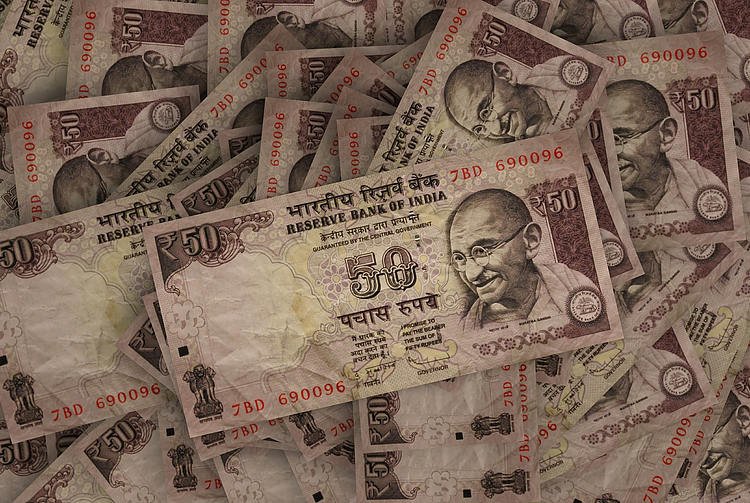Indian Rupee struggles to gain momentum against the US Dollar (USD) on Friday as the Fed’s hawkish stance boosts the Greenback. The higher-for-longer US rate mantra exerts selling pressure on assets in emerging Asian markets, including the INR. However, the decline in crude oil prices could limit the downside for the INR as India is a significant oil consumer. Economists anticipate India’s GDP growth to remain strong in Q4 FY24, which could support the Indian Rupee.
The Indian Rupee might stand out in the emerging market foreign exchange complex due to its high carry-to-volatility ratio, according to Goldman Sachs analysts. S&P Global analysts expect robust economic fundamentals in India to drive growth over the next few years. The US GDP expanded by 1.3% in the first quarter, in line with market estimates. Initial claims for state unemployment benefits also increased, and Fed officials have expressed varying views on inflation and monetary policy.
In terms of technical analysis, the USD/INR pair has turned bullish in the longer term, with the pair holding above the key 100-day EMA on the daily chart. The 14-day RSI indicates further consolidation, and a bullish breakout could see the pair reach highs near 83.40. On the downside, initial support is at 83.20, with a potential target of 83.00. US Dollar price today shows a positive change against major currencies, with the USD being strongest against the Euro.
Factors such as the price of crude oil, the value of the US Dollar, foreign investment levels, and RBI intervention in the FX markets all influence the Indian Rupee. The RBI intervenes to maintain a stable exchange rate and adjusts interest rates to control inflation. Macroeconomic factors like inflation, interest rates, GDP growth, trade balance, and foreign investment inflows also impact the Rupee. Higher inflation can be negative for the currency, while higher interest rates and growth rates are positive.
In conclusion, the Indian Rupee faces challenges against the US Dollar due to the Fed’s hawkish stance, but factors such as GDP growth and RBI intervention could support the INR in the near term. Monitoring economic indicators and global events will be crucial in determining the trajectory of the Rupee in the coming days. Investors and traders should stay updated on developments in the currency markets to make informed decisions regarding the Indian Rupee.










